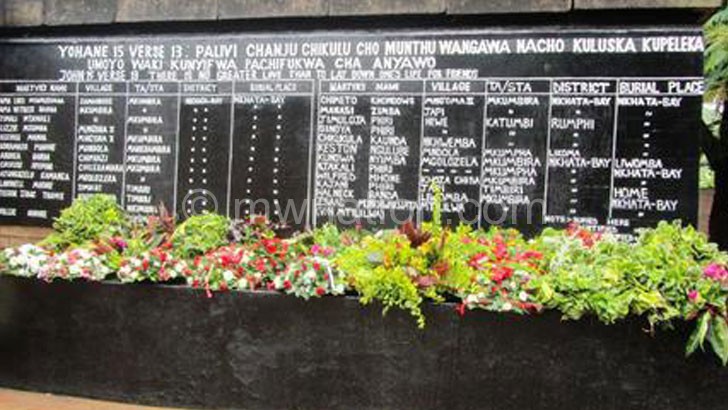Making K400 000 ‘varsity fees a reality
Hon Folks, if the controversial University of Malawi (Unima) fees of K400 000 (normal entry) and K900 000 (mature entry) were doubled, trebled or even quadrupled, there would still be Malawian students who would easily afford to pay.
These are children lucky enough to be born in privileged families of the rich few, constituting much less than 10 percent of the population. Being born with a silver spoon, they also go to expensive primary and secondary school locally and abroad.
Their academic opportunities are neither limited by costs or time. They can also go to any private and relatively much more expensive universities in Malawi and repeat for years until they get the papers they are looking for. Quite a few of them are in fact abroad, pursuing quality studies in world-class tertiary institutions at three times or more what it takes to pursue similar studies here.
It is a fact that policy-makers in the university and government at large are virtually all within the privileged group of the rich. They can afford commercialised public sector services including the controversial hiked student contribution of K400 000 per year at University of Malawi (Unima) constituent colleges.
It is also a fact that these fat-cats got free and better quality university education then messed up the student loan programme by making it easily accessible to their undeserving wards who took it as easy money for booze during inter-college sports or cultural events. The loans were referred to as “Sacco” and failure to provide them on demand could easily start student riots.
Another fact is that it is the fault of policy-makers that the so-called Saccos were given out without a well-thought recovery plan. Interestingly, none of them has been held to account for the huge loss.
Instead, the same policy-makers have simply hiked the so-called student contribution from K275 000 to K400 000 per year without much regard to the public sector interest of extending higher education—arguably the best known means for empowering the underprivileged—to the majority poor.
The fact nobody in the privileged decision-making position brings to the fore is that the K400 000—despite that it’s indeed a drop in the ocean when compared to what government spends to train an under-graduate in a year (I am reliably informed that it costs about K5 million to train a medical student at the College of Medicine per year!)—is just a fraction of what it takes to keep the student in college for a year.
There is the cost of accommodation, clothing, medical, foods, books, laundry, etc., which together may cost another K400 000 if not more. These are saddled on the same poor subsistent farmers who cannot afford a bag of fertiliser and look to government for cement and malata (iron-sheets) subsidy?
My single-parent rural Mum encouraged me to go to school so I could make something out of myself. When I passed Malawi Certificate of Education (MCE as it was called in those days) and was selected to go to Chancellor College, she rejoiced and so did I.
I knew I was going to graduate and make Mum proud by working hard. Never did my excruciating poverty pose a threat to my education. University education, though expensive, was free. In fact, we were also earning a stipend of K12 minus 30 tambala tax a month!
Today, I may not be rich but I am able to pay for my children’s university education, a leap in status from the days when my Mum could only afford to pray, not pay, for my own university education. Call it cutting the chord that tied me to abject poverty!
There are many others like me out there today whose chance to free themselves from the chains of extreme poverty depends on education. While it may be unrealistic to expect that university education will ever be affordable to the majority poor, let alone free, it is the singular duty of government to lower the barrier of access to university education for brilliant children born or raised up by the beneficiaries of Farm Input Subsidy Programme (Fisp) and relief maize, the poorest of the poor.
Come up with a more fool-proof tool for identifying needy students, give them a loan for the so-called student fees contribution, give them priority for campus accommodation, provide them today’s equivalent of the K12 stipend we used to get in the 70s and 80s.
As for the rich, they should pay for the fees, accommodation and upkeep of their children in public universities. They can afford it. In a way, that’s also a way of giving back a little for the quality university education some of them got for free at the expense of the tax-payer.
There is no denying that the gap between the poor and the rich in Malawi is huge and keeps on growing. Some even argue that it’s the most skewed in the world! It doesn’t require an economist to see that human and national development will remain elusive if the poor get poorer, not richer, with time. n




